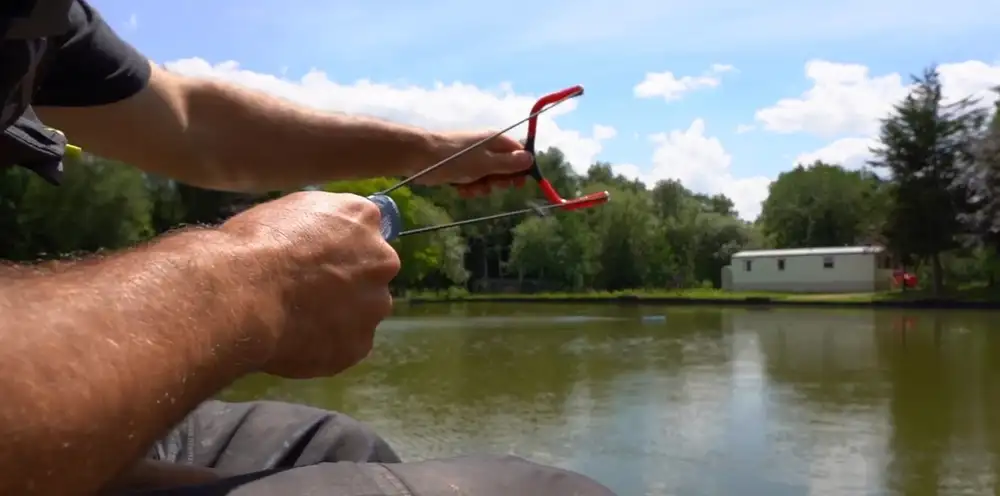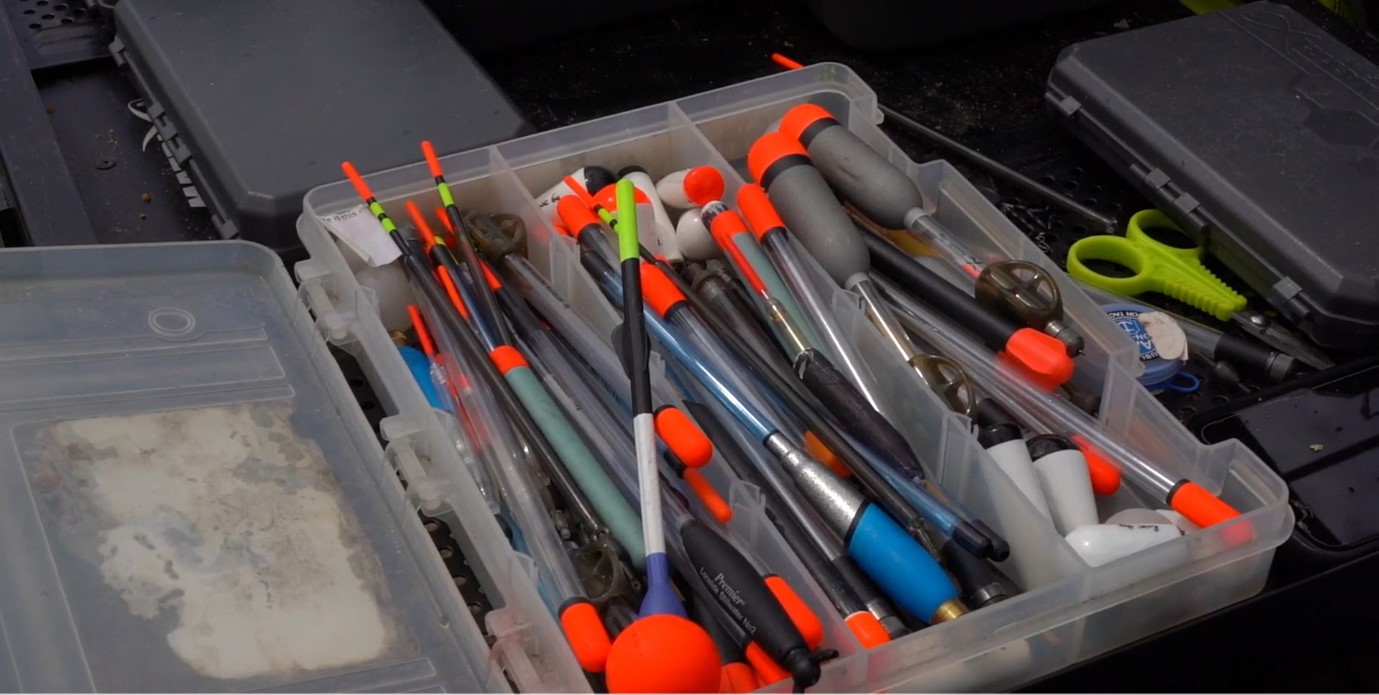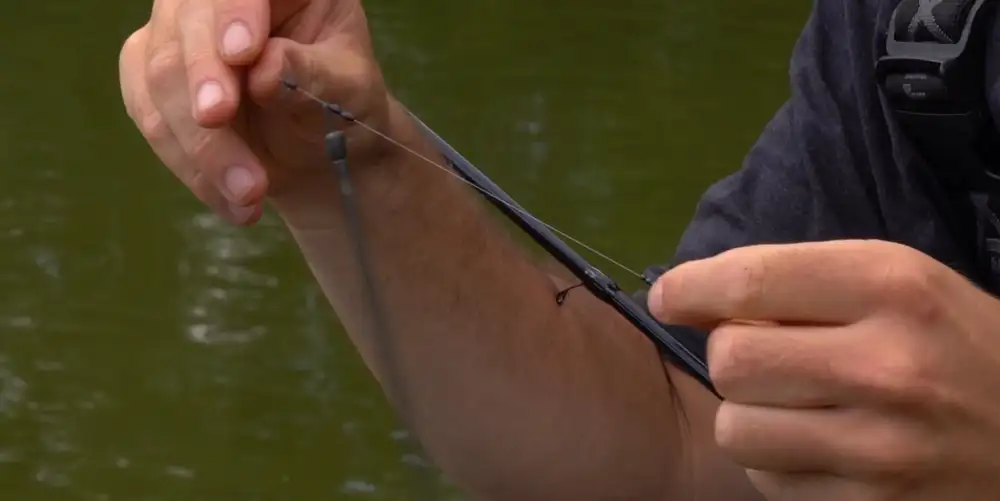This is a demo store. No orders will be fulfilled.
Learn to Float Fish - Coarse Fishing Quickbite
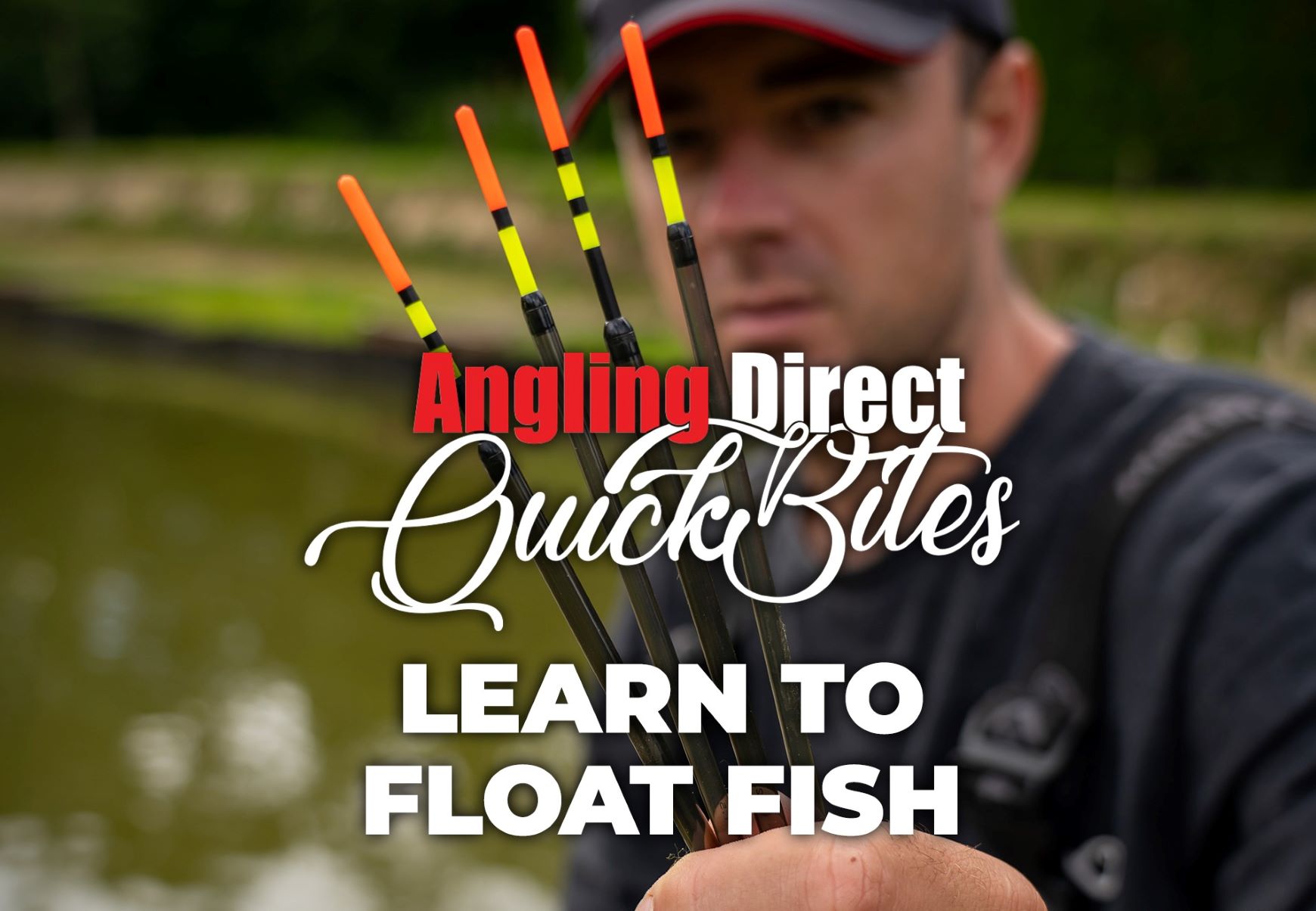
Float fishing or waggler fishing has to be one of the most exciting forms of fishing and one of the most enjoyable ways to catch fish, especially when the waters are warmer and the fish are surfacing more.
In this AD Quickbite, we will go through exactly how to use the float and to get the best out of it on your upcoming float fishing session whilst also highlighting the importance of rigs, tackle, baits and some top tips. If float fishing is something you want to gain more confidence in, this is the How-To guide for you.
What Tackle Items Do I Need for Float Fishing?

Get a dedicated rod for the job. Float fishing rods are designed for this style of angling are they just make your life and time at the bank lots easier. Stephen, our dedicated float fishing angler recommends using a 11ft waggle rod. Pair this with a small 3000 sized reel as it keeps your set up lightweight which is vital for the hours spent holding your rod and reel.
Load your chosen reel with a 6lb mono line. Specimen carp angling would require a strong line recommendation of at least 8lb breaking strain. For silverfish, your line can be as low as 4lb. Below is a list of exactly what Stephen Crowe used at the bankside in his recent Float Fishing venture.
-
Dynamite Baits Swim Stim Carp Groundbait
-
Drennan Loaded Crystal Waggler
-
Guru Plummets
-
Sonubaits F1 Corn
-
Guru Micro Shot
-
Drennan Match Disgorger
-
Preston Pellet Pult
-
Daiwa 20 Crossfire Reel Black Red
-
Matrix MXC-2 Spade End Barbless X-Strong Pole Rigs 15cm
-
Advanta X5 Float Rods
-
Matrix Horizon X Sinking Mono
-
Dynamite Carp Pellets
-
Drennan Float Stops
Find more information on all the products featured in this guide here...
How To Create A Float Fishing Rig
1) When it comes to float choice, Stephen suggests loaded wagglers. These floats are much easier to shot and all of the weight stays around the float head that makes casting that much easier.
2) To connect your float, run it between a couple of float stops with one above the float on your line, then the float goes on and then 2 float stops are added underneath it. These help to grip the nice tight so you can set the float at the depth you wish to fish without it moving.
3) Add 3 no. 8 shots just below your float rubbers or stops.
4) Further down the line add 4/5 small no.8 shots to create a slow fall as you cast.
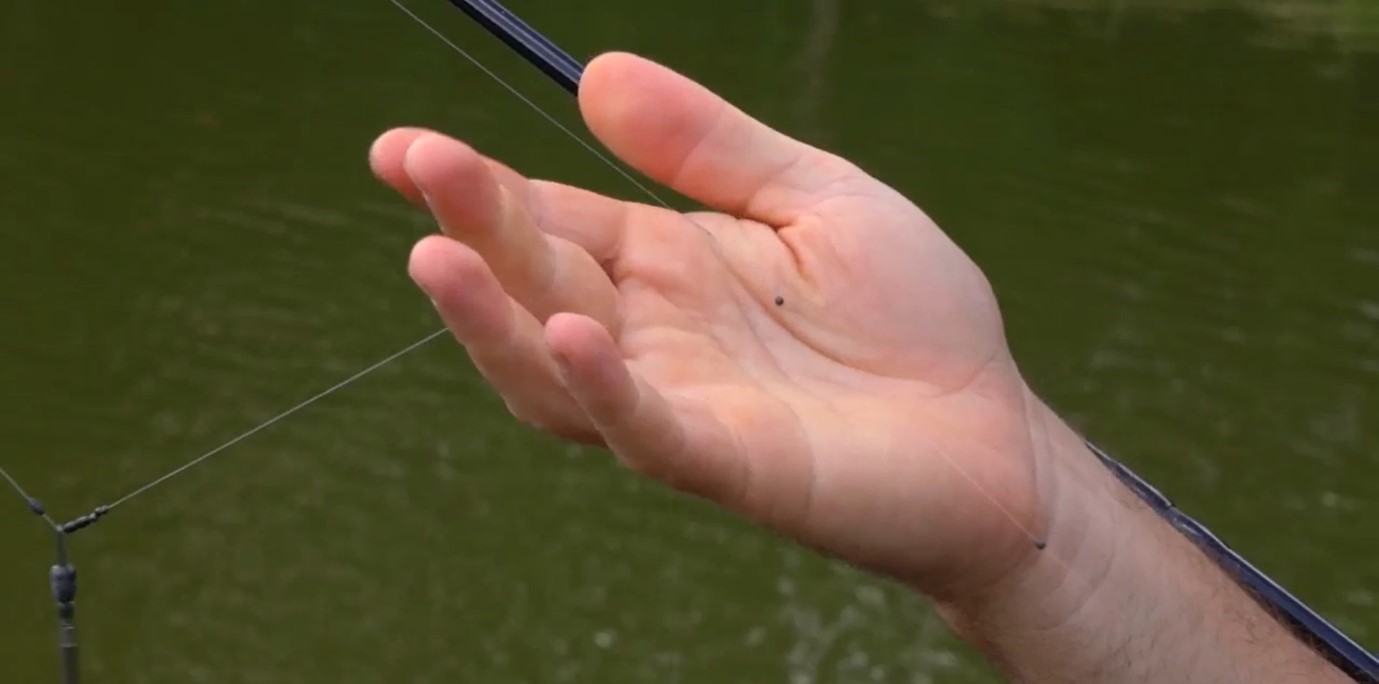
5) Add a 6inch hooklink by a loop to loop knot onto your mainline.

6) Pass the hook through the loop on your hooklink before lassoing it on.
7) For your bait attachment, add a bait band to attach a small pellet.
How To Plumb the Depth of Your Swim when Float Fishing
A common mistake for those new to float angling, knowing how deep your swim is can be game-changer for those wanting to fish on the bottom of the water or at half-depths.
1) Select your lightweight plummet
2) Pass your hook through the ring at the top
3) Then hook inside the foam or rubber at the bottom of the plummet
4) Cast into your chosen area with the aim of the plummet completely sinking your float
5) Reel back in and slide your float stops at least 3-4inches until you get the adjustment or rig length correct for your depth.
6) Repeat the casting and adjusting of the float stops until the float tip is just on the surface.
How to Feed Bait When Float Fishing
Great bait choices for float fishing on commercials are 4mm pellets, sweetcorn and some groundbait. You can also try bread or luncheon meat. For winter fishing or targeting silverfish, bait with maggots.
1) Create competition in your swim by catapulting or throwing by hand a little amount of your choice of bait, often.
